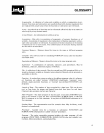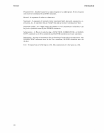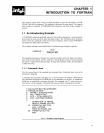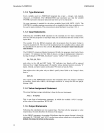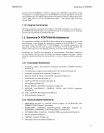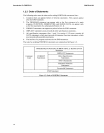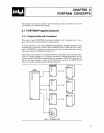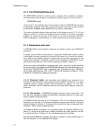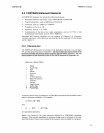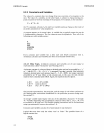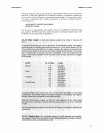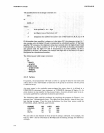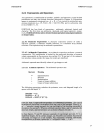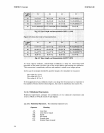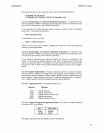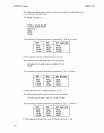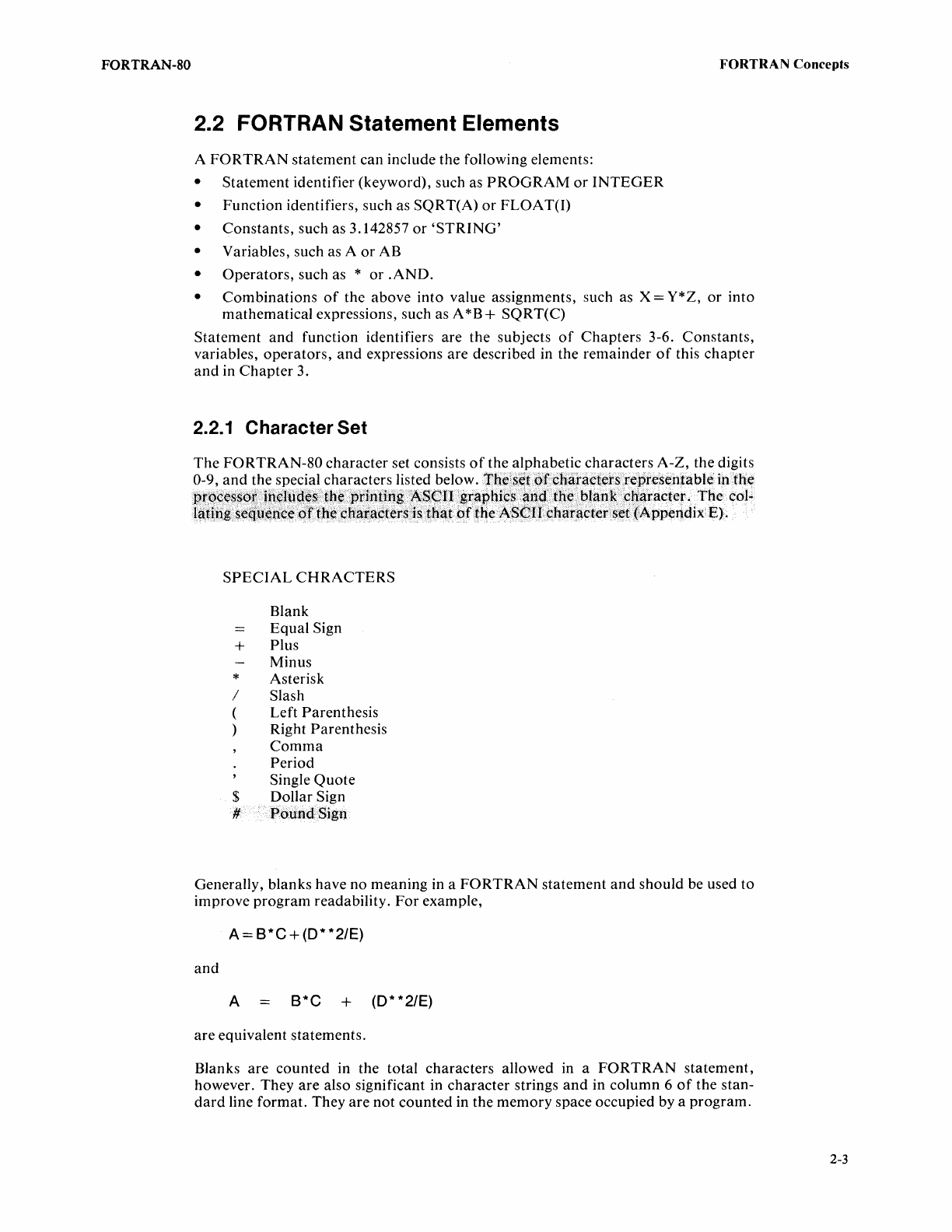
FORTRAN-80
FORTRAN
Concepts
2.2 FORTRAN Statement Elements
A
FORTRAN
statement can include the following elements:
• Statement identifier (keyword), such as
PROGRAM
or
INTEGER
• Function identifiers, such as SQRT(A)
or
FLOA
T(I)
• Constants, such as 3.142857
or
'STRING'
• Variables, such as A
or
AB
• Operators, such as *
or
.AND.
•
Combinations
of
the above into value assignments, such as X =
y*Z,
or
into
mathematical expressions, such as A
*B
+ SQRT(C)
Statement
and
function identifiers are the subjects
of
Chapters
3-6.
Constants,
variables,
operators,
and
expressions are described in the remainder
of
this
chapter
and
in
Chapter
3.
2.2.1 Character Set
The FORTRAN-80 character set consists
of
the alphabetic characters A-Z, the digits
0-9,
and
the special characters listed below.
The
set
ofcnar&ctetsreptesentable
in
the
pr~5~ss~~1~9ItliJ~~t~~p:r~rl~iqg·
••
~
..
~~
••
~I.gr~l?hi¢s~A9th~blan~cryar~cter
'.
The·.
col*
l~t~ng.sequ¢nce()fthe¢h~(actersisthat
of~he
·AS~TTqhaT(\cter$et(Appendix·
E).
SPECIAL
CHRACTERS
Blank
= Equal Sign
+ Plus
Minus
* Asterisk
/ Slash
( Left Parenthesis
) Right Parenthesis
Comma
Period
Single
Quote
$ Dollar Sign
#Pol.1ndSign
Generally, blanks have no meaning in a
FORTRAN
statement
and
should be used
to
improve program readability.
For
example,
A =
8*C
+ (D* *2/E)
and
A
8*C
+ (D* *2/E)
are equivalent statements.
Blanks are counted in the total characters allowed in a
FORTRAN
statement,
however. They are also significant in character strings
and
in column 6
of
the stan-
dard
line format. They
are
not counted in the memory space occupied by a
program.
2-3



